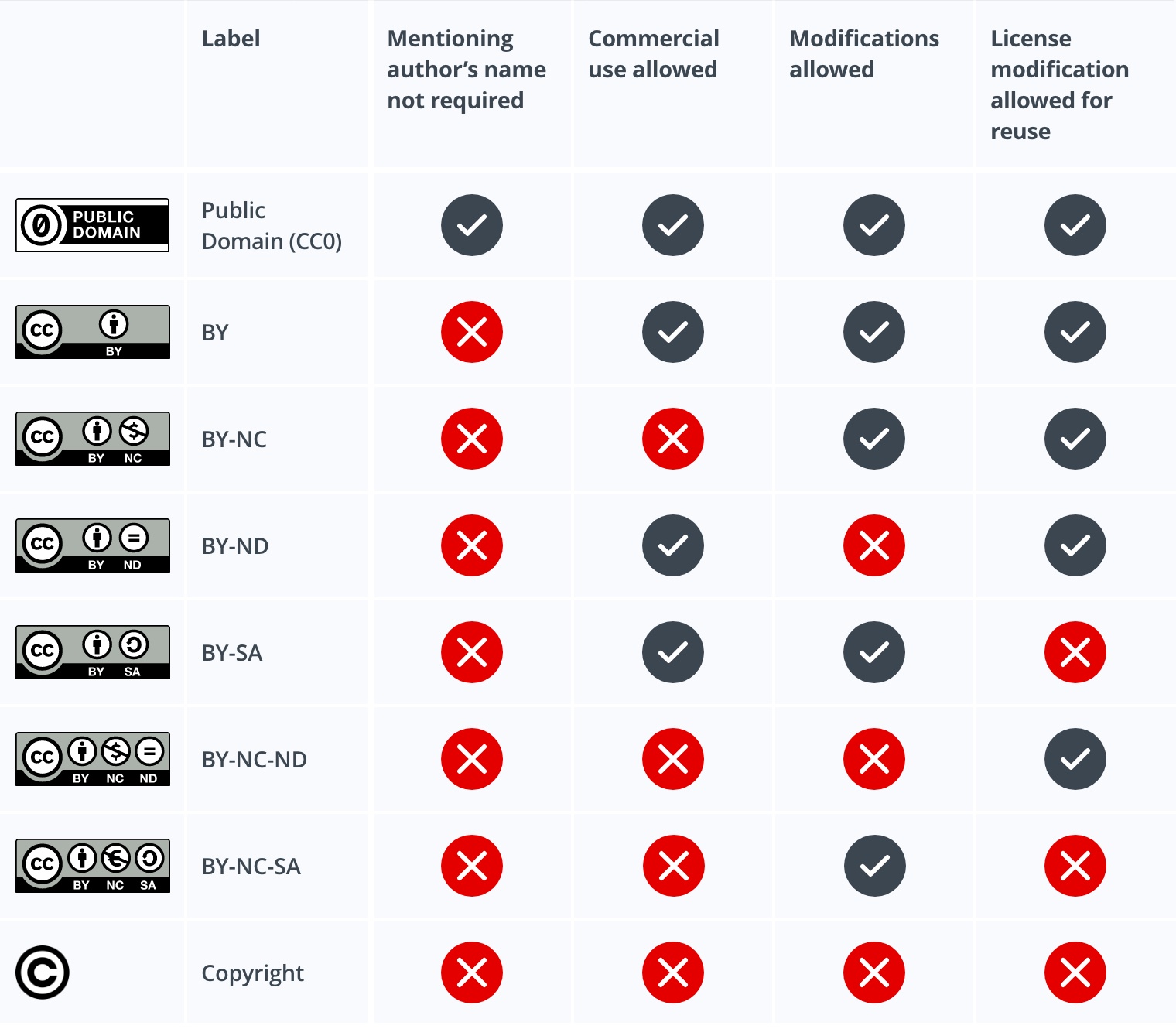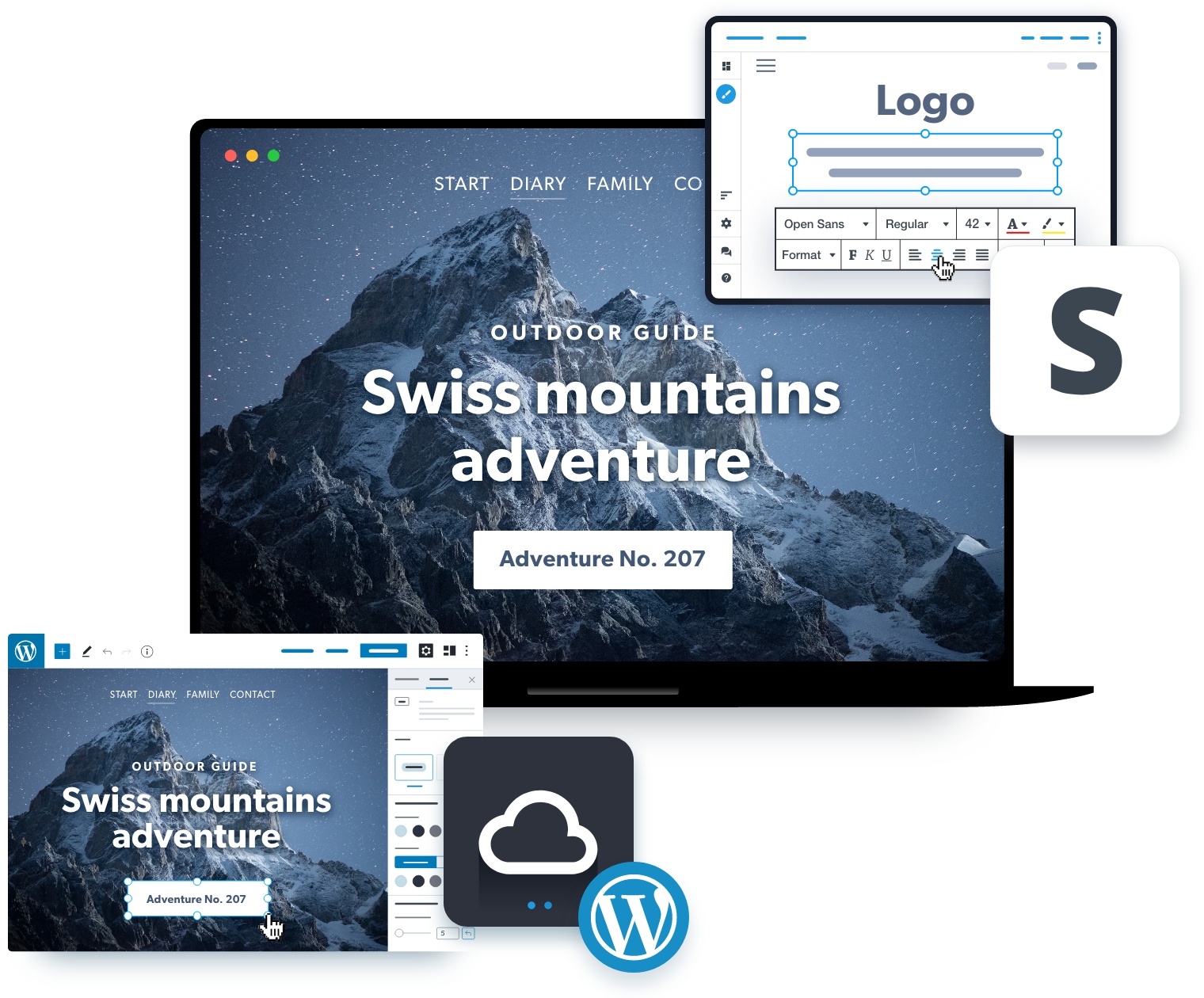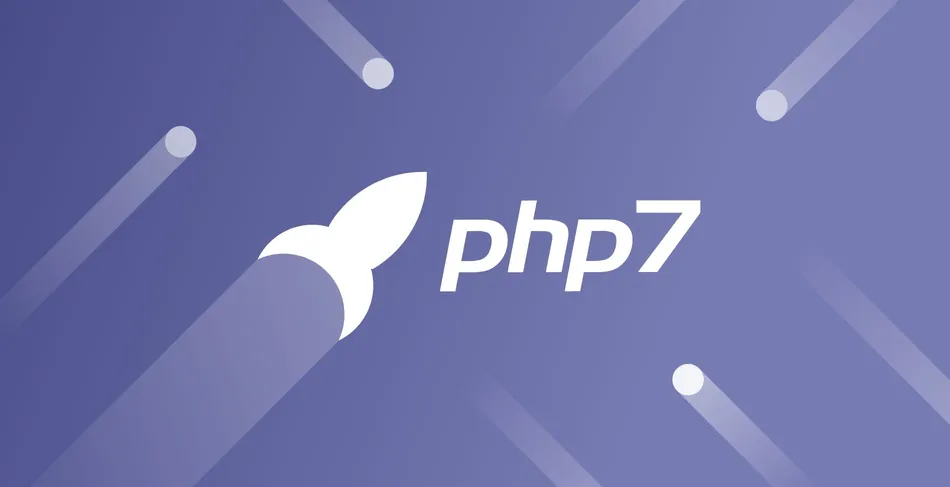If you’ve ever designed a website, then you’ll be familiar with the problem: you’re quite happy with the design plus the text fits perfectly and has already been added to the CMS or website construction kit. Now all that’s missing is the pictures. But where can you source these?
If you’re not proficient in photography or you can’t (or don’t want to) take on the expense of producing your own image material, then it can make a lot of sense to use stock photos. For the purpose of stock photography, photographers produce a large number of images with a wide variety of motifs that are essentially kept “on stock.” Large stock photo agencies such as Adobe Stock, iStock and Shutterstock offer a wide selection of high-quality photo material at unit or staggered prices. The disadvantage is that the pictures cost something and not every website operator is willing to pay for the images used.
As an alternative, therefore, we recommend platforms such as Pixabay, Unsplash and Freerange Stock, where stock photos can be downloaded free of charge and usually without major licensing restrictions. Although the quality of these free offers isn’t always first class, it’s definitely worth browsing as you’re almost bound to find interesting material there.
In this blog post, we’ll take you through some of these free platforms and tell you what else to look out for. After all, there are always legal issues when dealing with images from the internet, regardless of whether they’re free of charge or have been obtained for a fee.
How is the use of images regulated by law?
Even a simple Google search yields an almost infinite selection of images for every conceivable topic. Many users might ask themselves why they should use the fee-based offerings of image databases when there are lots of free images on the internet anyway.
But this is precisely where caution is needed: anyone who simply downloads images from the internet and uses them on their own website will find themselves on shaky legal ground. In Switzerland, the EU and many other countries, all photographs – whether taken by professionals or amateurs – are protected by copyright.
The copyright holders are usually the photographers or the producers of the image material. Therefore, if you want to use a photo for your own purposes, such as your website or for social media, you generally need the creator’s permission. Exceptions to this are images for which the copyright protection has expired. However, according to Swiss copyright law and in the EU, this is only the case 50 or 70 years respectively after the death of the creator. In other words, it may take a while until most of the images available on the internet can be used at will!
It is also important to bear in mind that site operators are solely responsible and therefore liable for any content (incl. images) used on their website.
Standard and extended licenses: a brief explainer
Permission to use a copyrighted image is governed by licenses. An image license specifies how and at what price an image may be used – for example, whether the creator must be mentioned, or the image may be used commercially or altered.
Rights to use images are granted either under standard or extended licenses. The difference lies in the type and extent of the image usage granted. Standard licenses are the most common type of license and govern common uses, while extended licenses tend to cover exceptional cases. Platforms that sell free, royalty-free stock photos usually work with standard licenses, such as Creative Commons licenses (“CC licenses”).
Creative Commons licenses are deliberately kept simple and their respective levels of authorization are visualized using standardized symbols (see illustration below). The CC licenses have been developed by the US organization Creative Commons, which makes them available to the public free of charge. These licenses allow photographers and creators of other creative products to easily protect their works or grant rights of use to a wide audience.

If you want to use an image from a photo agency for purposes that go beyond the usage rights defined in the standard license, you need an extended license. Examples include the use of an image in a print medium with an unlimited print run or on a product that is sold. Extended licenses are also significantly more expensive than standard licenses.
Watch out: “royalty-free” does not mean “free”
Free photo platforms often offer “royalty-free” images. However, this does not mean that a license is not required to use these images. Nor are royalty-free images automatically free of charge. “Royalty-free” simply means that an image may be reused freely or with only minor restrictions after the purchase of a one-time license, without the need for extended licenses. And royalty-free images are only free of charge if this is specified in the license. This is exactly how free image platforms regulate their standard licenses.
In contrast, the use of rights-managed images is subject to precisely defined specifications. Depending on the content of the license, for example, the images may only be used in certain media or for a particular period of time, and their use is generally subject to a fee and exclusive. Rights-managed images are usually managed by large photo agencies such as Adobe Stock, iStock, Shutterstock, Getty Images and Keystone SDA, which manage the rights of the photographers and guarantee the distribution of royalties.

Where can I find royalty-free and free images?
Anyone looking for free images on the internet will quickly find themselves on platforms that offer royalty-free images for download and further use for free. These platforms provide diverse sources of interesting images on a wide range of topics. However, users should be aware that they do not receive exclusive rights to use these free images. So it’s possible that you’ll find your new favorite photo on another website as well.
We present some of these free platforms below, although this is not an exhaustive list. We recommend that you read the license terms of the respective platform before downloading any images. Also, it’s considered good etiquette to mention the source and/or photographer, even if this is not a strict requirement in order to use the images.
- Pixabay
On Pixabay, you’ll find royalty-free images as well as illustrations, videos and music for free download. The German platform sees itself as a community of artists who share copyright-free content with each other. All content is released under the Public Domain license and can therefore be used without citing the source. - Unsplash
Canadian platform Unsplash is one of the best-known sources for free, royalty-free photos. The images are licensed under its own Unsplash license, which allows free (and, under certain conditions, also commercial) use. - Pexels
German photo platform Pexels offers free downloads under its own Pexels license. Personal use is permitted without naming the creator. Pexels has been owned by the German graphic design platform Canva since 2018. - Picjumbo
Picjumbo was originally founded by Czech photographer Victor Hanacek after his pictures were rejected by established stock photo platforms. Picjumbo can be downloaded for free, although paying premium members receive access to additional, exclusive images every month. - Life of Pix
At Life of Pix, users can find free, high-resolution photographs. Images on this Canadian platform may be used for private and commercial purposes without copyright restrictions. - StockSnap
Users can download free, royalty-free images on StockSnap. Licenses are granted under the Public Domain license. The images may be copied, modified, shared and even used for commercial purposes without additional permission or naming the creator. - Freerange Stock
Founded in 2007, Freerange Stock is one of the oldest free image platforms on the internet. Usage rights are granted under the company’s own Equalicense license, which allows both non-commercial and commercial use without naming the creator. The platform also operates the Vintage Stock Photos and ImageFinder services. - Wikimedia Commons
Wikimedia Commons is the media database of the Wikimedia Foundation, which also operates the online encyclopedia Wikipedia. In addition to free images, videos and sound files can also be downloaded from Wikimedia Commons and used freely. - Barnimages
The founders of Barnimages are Latvian photographers Igor Trepeshchenok and Roman Drits. The platform, which has been in existence since 2015, is characterized by the fact that all images are taken by the founders or their friends. - Freeimages
Originally founded as stock.xchng in 2001, this platform was taken over by Getty Images in 2014 and renamed Freeimages. One feature is the special categorization, which makes searching for free images much easier. - WordPress Openverse
WordPress Openverse is a great option for WordPress users – and everyone else. Here, you can find more than 600 million images and audio clips, which can also be searched and inserted directly in WordPress. All Openverse content is offered under a Creative Commons or public domain license.

How can I use images on my Hostpoint website?
Whether you want to use our DIY construction kit Sites for your Hostpoint website or a CMS such as WordPress, Drupal, TYPO3 or Joomla!, you can easily upload and publish all kinds of images on your website. This is regardless of whether they are images from a free platform or have been paid for, and also regardless of the respective license. As the largest Swiss web hosting provider and leading domain registrar, we offer our customers complete flexibility in publishing content on their websites.























































